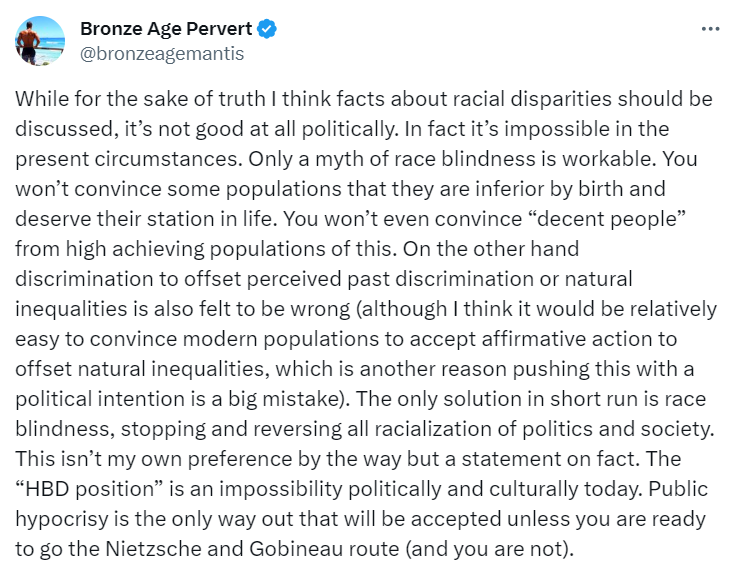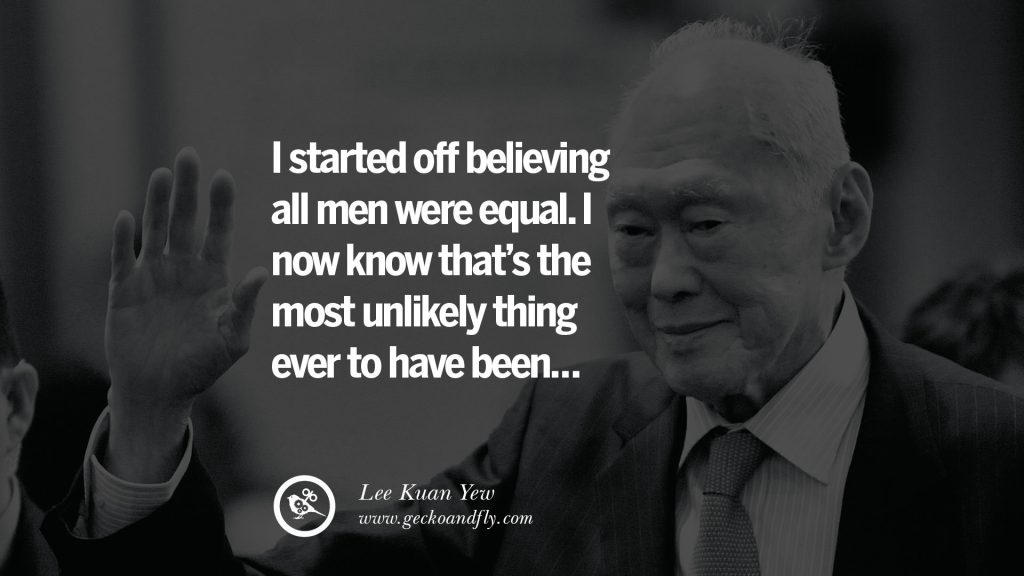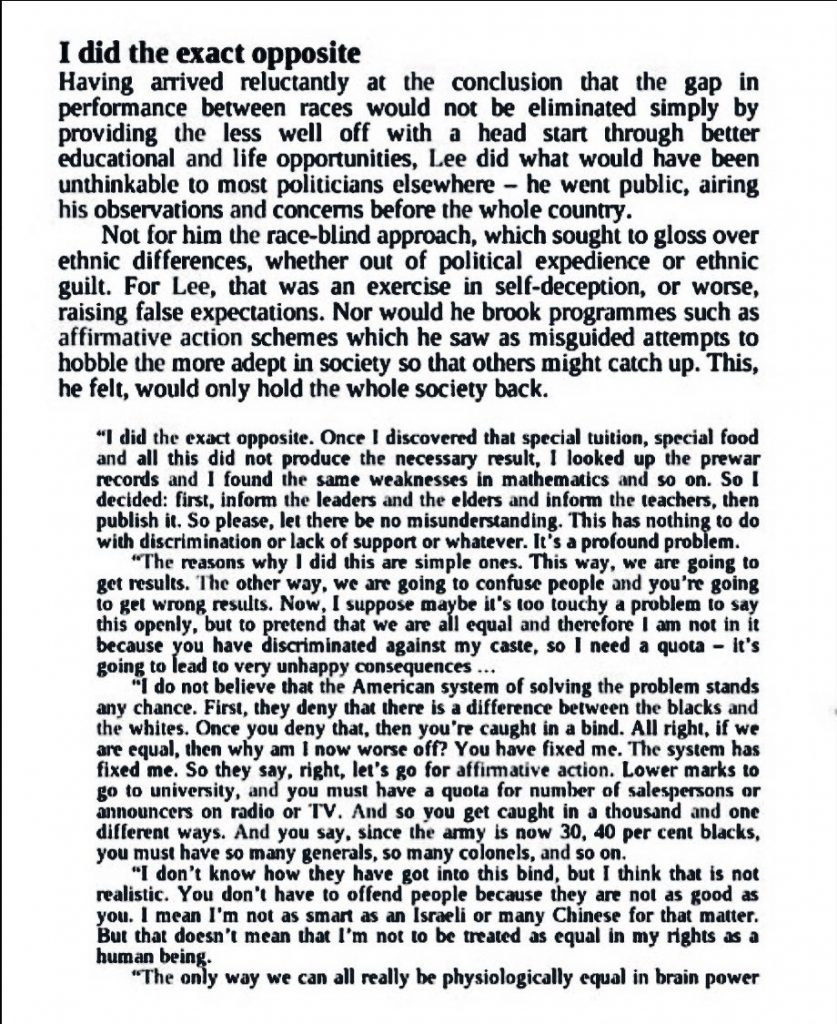
Some of the recent psychological literature has described a seachange in conceptions of mental illness. The old-fashioned model of understanding mental illness in terms of chemical imbalances has been abandoned by experts in the field. In its place is what’s being called the traumagenic developmental model. This reflects the modern understanding that most mental illness is caused by trauma in early childhood.
Throughout much of history, mental illness has been seen as a moral defect. The mentally ill were seen as weak or lazy. A person unable to sleep lacked discipline. Anyone who cried lacked emotional stability. If a person threw up, it wasn’t from stress, but from a refusal to exercise the willpower to prevent it. Social failings were all moral failings.
A mental illness was thereby different to a physical illness, as it had worse implications. A person can have a physical illness without blame. A mental illness is different. People are blamed for being mentally ill in the same way they’re blamed for being criminals. The logic is that they ought to have exerted the necessary willpower or foresight to prevent it, so if they didn’t, it was their fault.
Even the chemical imbalance theory confers some degree of blame. A commonly-heard story is that a person “blew their brains” on drugs, thanks to an irresponsible will, and as a result they’re now mentally defective. Either that or they worked too hard.
The traumagenic developmental theory, by contrast, does not blame mentally ill people for their own conditions.
This relatively new theory holds that the vast majority of behavioural problems are caused by traumatic early childhood experiences, particularly childhood abuse and neglect. Developmental psychology has long stated this, but awareness has taken a long time to reach popular consciousness.
According to traumagenic developmental theory, adverse early childhood experiences can alter the structure of the brain, leading to cognitive difficulties, impulse control problems and an overactive stress response.
The body’s stress response is mostly under control of the HPA (hypothalamic-pituitary-adrenal gland) axis. If this axis is chronically overstimulated, emotional regulation becomes very difficult. Growing up with a chronically overstimulated HPA axis can lead to significant alterations in brain function, and thereby behaviour.

The amygdala is a part of the brain that plays a major role in threat detection. In people who have grown up with a constantly active HPA axis, the amygdala develops to see threats all over the place. It’s common for such people to see threats and dangers that aren’t really there. This has an immense negative impact on social function. Such people have a much harder time trusting others, which makes forming relationships difficult.
People who grow up with an overstimulated HPA axis also tend to suffer impaired pre-frontal cortex development. This part of the brain is crucial for emotional regulation. An impaired pre-frontal cortex makes it much harder for a person to rationally and calmly consider their reactions to things. The tendency is to react strongly and often without justification.
Emotionally dysregulated people who see threats everywhere are typical of those who end up getting a mental illness diagnosis, whether it’s depression, anxiety, schizophrenia, Borderline Personality Disorder, C-PTSD or something else. But many of them are not actually mentally ill according to the traditional conception. The damage is in the body – as Bessel van der Kolk says, the body keeps the score. They don’t have psychiatric conditions because the psyche is not damaged. The body is.
Many people out there, suffering from a label of mental illness, ought to ask themselves: am I mentally ill, or just physiologically ill? Because if it’s actually the latter, you might feel better about yourself.
In actuality, many schizophrenia diagnoses might truly be C-PTSD. This is because schizophrenia and C-PTSD are known to overlap heavily in terms of both etiology and symptomology. Both conditions are commonly caused by early childhood abuse and neglect, and both commonly exhibit emotional dysregulation and relationship difficulties.
How many people labour under a schizophrenia diagnosis, believing themselves to be irreparably insane, when they actually have a physiological condition that causes similar symptoms to schizophrenia, but which can be treated much more easily with the right knowledge and approach?
It has been noted that Borderline Personality Disorder and C-PTSD overlap heavily as well, so much so that some are asking if BPD is even a different disorder. As above, how many people labour under a BPD diagnosis, thinking themselves weak or unreasonable, when they actually have a physiological condition that can be treated by avoiding stress?
Hypervigilance is a classic symptom of physiological damage. Many people who have it are not, in truth, “sensitive” or “uptight” but damaged. Such people would be better off being informed about how to downregulate their nervous system in times of need, and not being left to think they had a personality defect or a weakness of will.
Anyone feeling the pain of what Pete Walker calls the inner critic might benefit from asking themselves if the supposed illness of their psyche is not, in fact, an illness of the body.
*
For more of VJM’s ideas, see his work on other platforms!
For even more of VJM’s ideas, buy one of his books!
*
If you enjoyed reading this piece, buy a compilation of our best pieces from previous years!
Best VJMP Essays and Articles of 2023
Best VJMP Essays and Articles of 2022
Best VJMP Essays and Articles of 2021
Best VJMP Essays and Articles of 2020
Best VJMP Essays and Articles of 2019
Best VJMP Essays and Articles of 2018
Best VJMP Essays and Articles of 2017
*
If you would like to support our work in other ways, make a donation to our Paypal! Even better, buy any one of our books!







